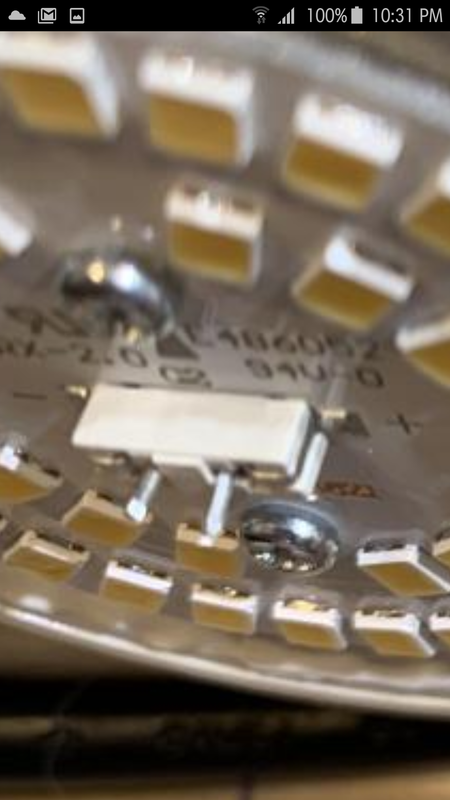PCBuds
Well-known member
Well, I just bought these.

And this.

I'm gonna have to work on my "driver" because I need about 19.5 V.
(the Meanwell is expensive)
And I managed to put 120 V to the test led using a bridge rectifier.
No resistor. No circuit board.
And it works fine.
I don't know what that stupid resistor does?
I might be overdriving my SIL now but I don't care if I get 1000 hours instead of 20,000.




And this.

I'm gonna have to work on my "driver" because I need about 19.5 V.
(the Meanwell is expensive)
And I managed to put 120 V to the test led using a bridge rectifier.
No resistor. No circuit board.
And it works fine.
I don't know what that stupid resistor does?
I might be overdriving my SIL now but I don't care if I get 1000 hours instead of 20,000.





 Thank you for that. It explains why a lot of seemingly simply things were so hard for different people to explain.
Thank you for that. It explains why a lot of seemingly simply things were so hard for different people to explain.














